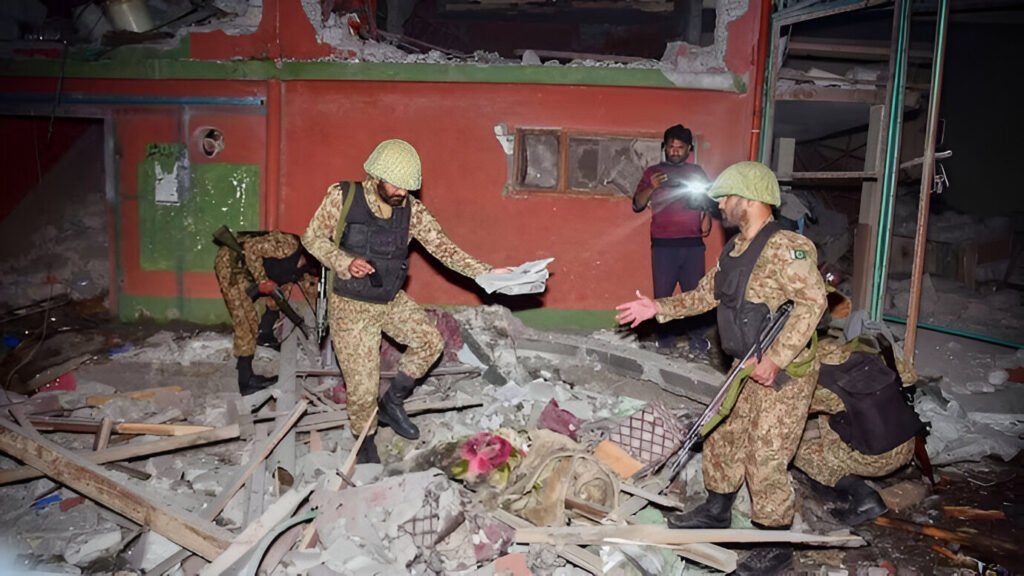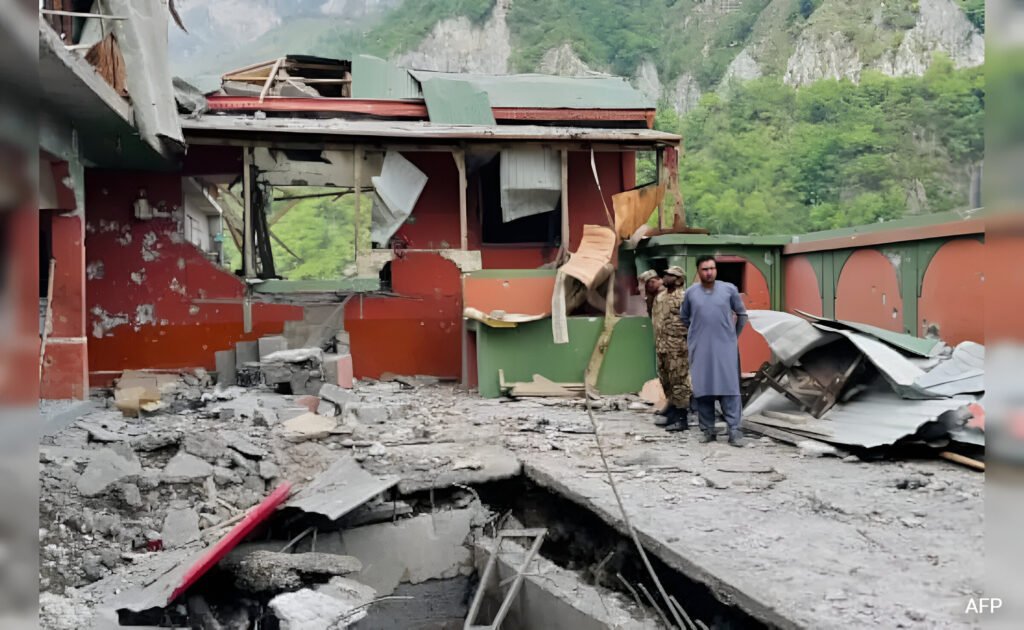
In yet another instance showing the heightened tensions between Pakistan and India, Defense Minister Rajnath Singh announced in an all-party meeting that ‘Operation Sindoor’ has achieved the milestone of ‘scooping’ more than 100 terrorists. It goes without saying that the operation was carried out post the gruesome Pahalgam terror attack and is aligned with India’s counterterrorism policies and national security framework.
An Overview of Operation Sindoor
Operation Sindoor was launched in the wake of the Pahalgam massacre on April 22, which claimed the lives of 26 civilians—25 being Hindu tourists. The Indian armed forces carried out surgical strikes against nine active terrorism camps and held dominant positions in Pakistan and occupied Kashmir (PoK). They set their sights on the most active centers of the terror groups, such as Lashkar-e-Taiba and Jaish-e-Mohamed. The use of cutting-edge instruments, such as SCALP missiles fired from Rafales and M777 Howitzers, precision strikes were employed with the intention of inflicting the greatest loss on the extremist factions while suffering the least amount of collateral damage.
All-Party Meeting Relating to Terrorism Combat Strategy
In a bid to inform all political leaders regarding the achievements and progress made in Operation Sindoor, an all-party meeting was arranged by Defense Minister Rajnath Singh on May 8. He indicated that more than 100 terrorists had been neutralized during the strikes. Singh also made it clear that the operations are continuing and that India is always prepared to deal with any more hostilities. The meeting aimed to garner political endorsement of an integrated rational approach to security with special emphasis on the unity of efforts to confront external challenges, highlighting consideration of the multifaceted undermining of national security.
Strategic Targets: Network of Terrorism
The operations are particularly aimed at these sites for the deconstruction of terrorist infrastructure, which include Muridke and Bahawalpur, which are well known for stubborn extremists. The intention from the Indian side was to catalytically disturb the functional capabilities of border cross-terrorism perpetrator syndicates. As stated and from the nature of precision strikes, where civilians were bound to be to a great extent unaffected, the intended message on the other side of the border was very clear: cross-border terrorism will not be tolerated, and steps will be taken for obliteration.

Pakistan’s Response: Escalation in Hostility and Counter-Strike Claims
Wars have consequences, as the result may escalate to conflict of war and may result in a loss of life. The Pakistani military claimed to have captured a few Indian jets, and in turn, LosC’s border military troops warned of armed reprisals. These developments have led to increased mobilization of troops along the Line of Control (LoC), with incidents of shelling across the border and increased casualties on both sides.
International Community: Appeals to Negotiation
Concerned in this regard, the international community joins efforts to tell both countries to slow down military operations and seek negotiations to quench the fire before it goes out of hand. The US, UK, and Russia, on their parts, argued to avoid conflict and emphasized settling differences through diplomatic means because there are major dangers arising from the ‘clash of the two nuclear powers.
Conclusion: A Firm Stand Against Terrorism
As for Operation Sindoor, we see a bold mark in India’s moves against terror and tyranny on her people. Better still, the government maintains its openness to both leaders of the opposition and the society, which in turn reflects coherence drives maintaining national security and enables a ‘sense of belongingness.’ The primary focus currently rests on providing safeguards to the situation along with tackling the course of war while guarded within the ‘eyes’ of law, and that guides towards enablement of peace in the region.











